Poblenou Cemetery: the city of the dead that inspired others around Catalonia
A look into the 18th century open-air museum in Barcelona
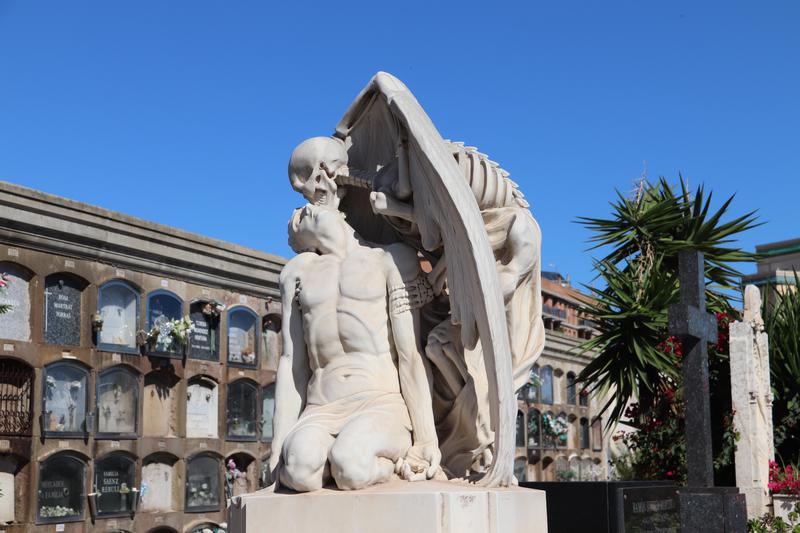
As All Saints Days approaches, many Catalan families will visit the graves of their loved ones on November 1 like in other Catholic countries.
If you visit a cemetery in Catalonia after Halloween you will see a lot of fresh flowers that loved ones have brought to pay respects.
However, that may not be the only thing to catch your attention, as cemeteries in Barcelona and Catalonia are quite different to those in other places.
In some countries, cemeteries are beautiful green spaces similar to parks, but that is not really the case here. Cemeteries in Catalonia are like small cities, we could say 'cities of the dead'.
Cemeteries have niche tombs, vertical, above-ground sepultures. These are constructions similar to buildings, as the walls have several rows and columns where the coffins go.
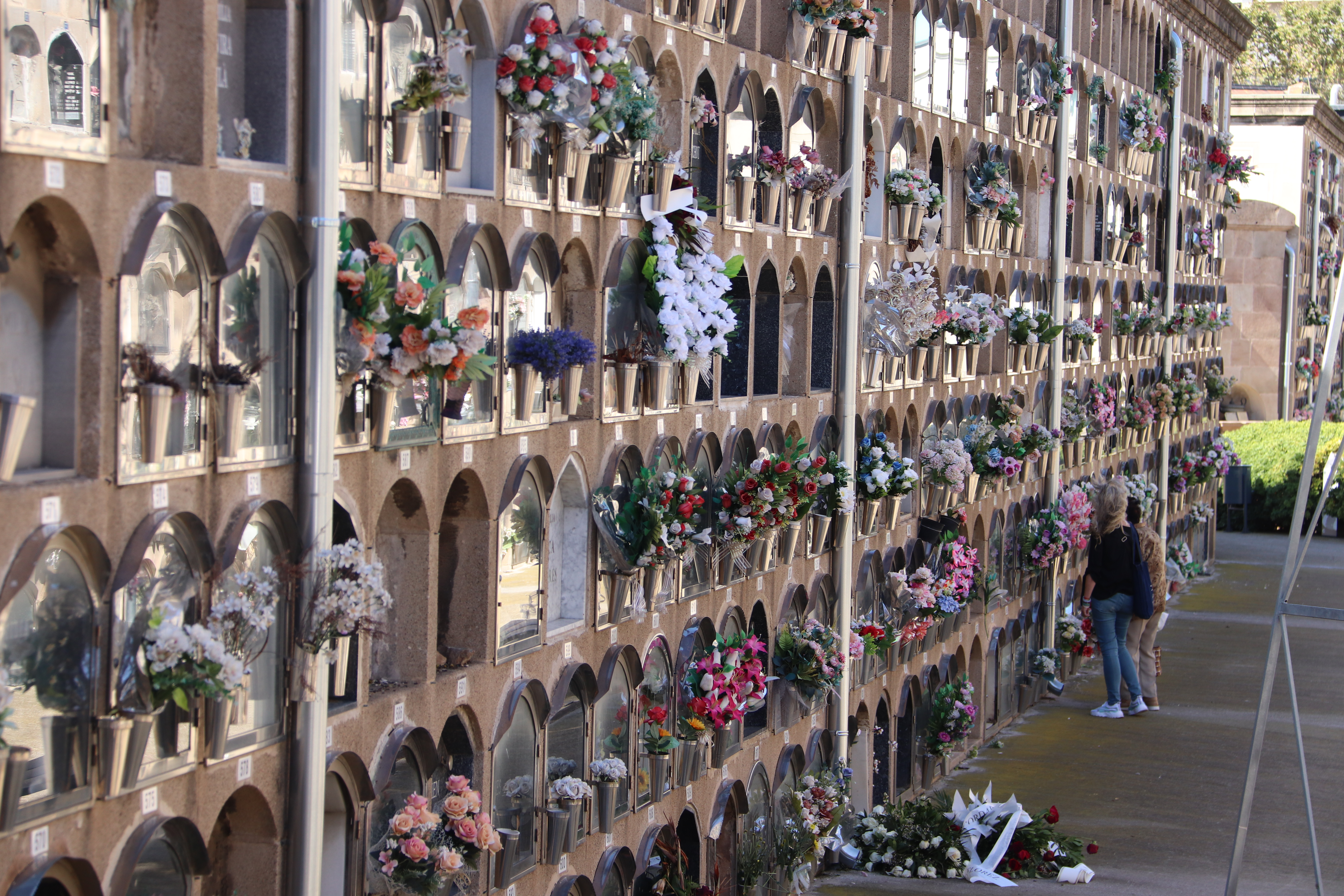
There is also the tradition of burying the deceased in underground graves, but it is not as common as usually only people of a certain social class do that.
All of these types of infrastructures come from the first cemetery in Barcelona, that also inspired other cemeteries in Catalonia, the Cemetery of Poblenou.
The city of dead outside of the city
The Cemetery of Poblenou was built at the end of the 18th century, when Barcelona was still a walled city. At that time the deceased were buried in parochial pits in the church graveyards, but the communal graves began to collapse as the population increased during the industrial revolution.
That is when the diocese of Barcelona decided to build a cemetery outside the city walls of Barcelona, and it ended up in Poblenou, close to the Bogatell beach.
The cemetery was designed by the Italian architect Antonio Ginesi.
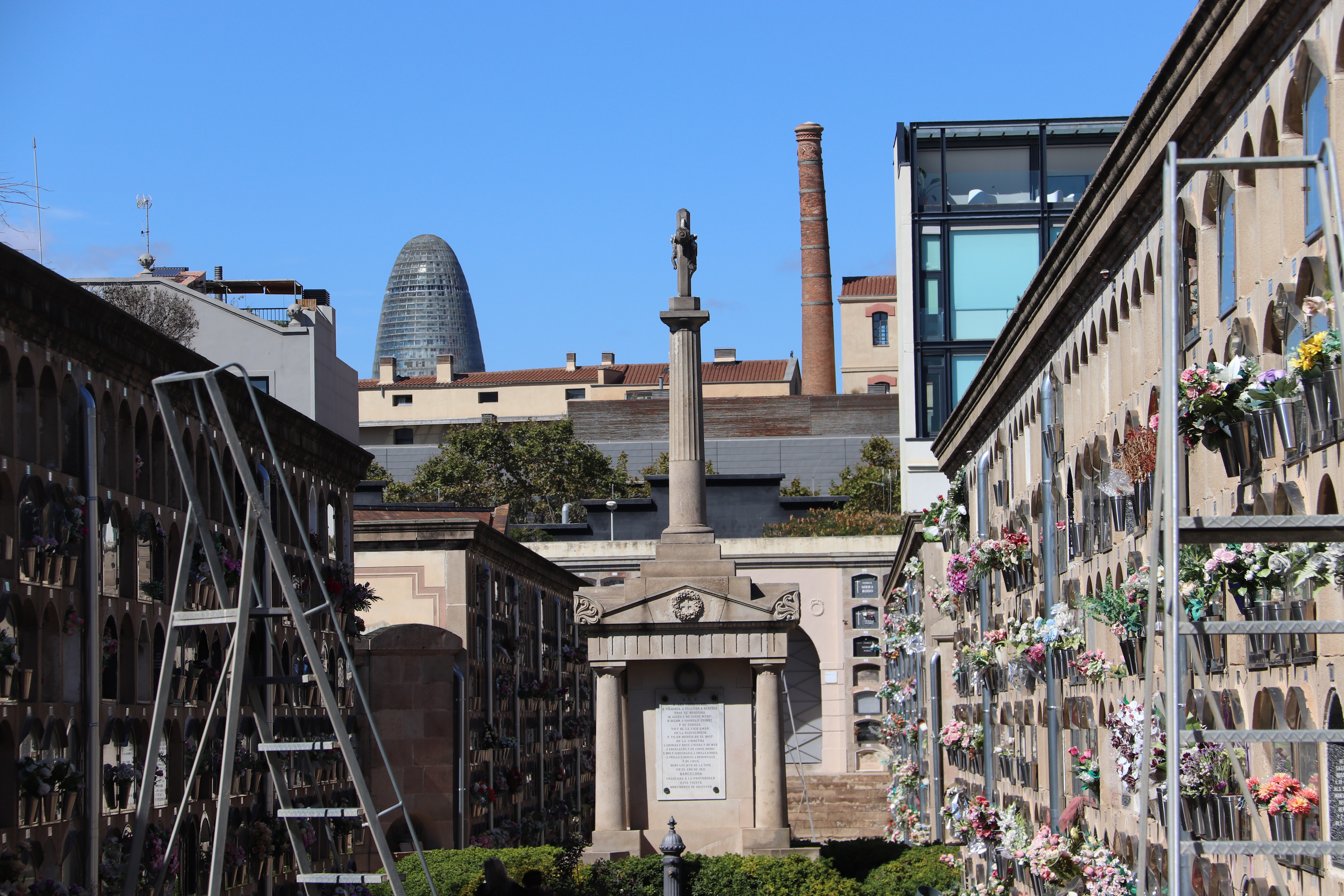
"In 1819. Ginesi designed a cemetery that promoted social equality, where everyone could be buried in the same way, respecting the person’s individuality regardless of their social or economic status. This is the why the above-ground niche tomb appears," Adrià Terol, the cultural manager of Cementiris de Barcelona, tells Catalan News.
"It was an innovative cemetery at the time," Terol emphasizes. But as the cemetery grew in capacity, that idea of equality in the design changed.
As the bourgeoise was emerging as the new powerful social class, they initiated the construction of the second enclosure of the Cemetery of Poblenou, where every tomb was different.
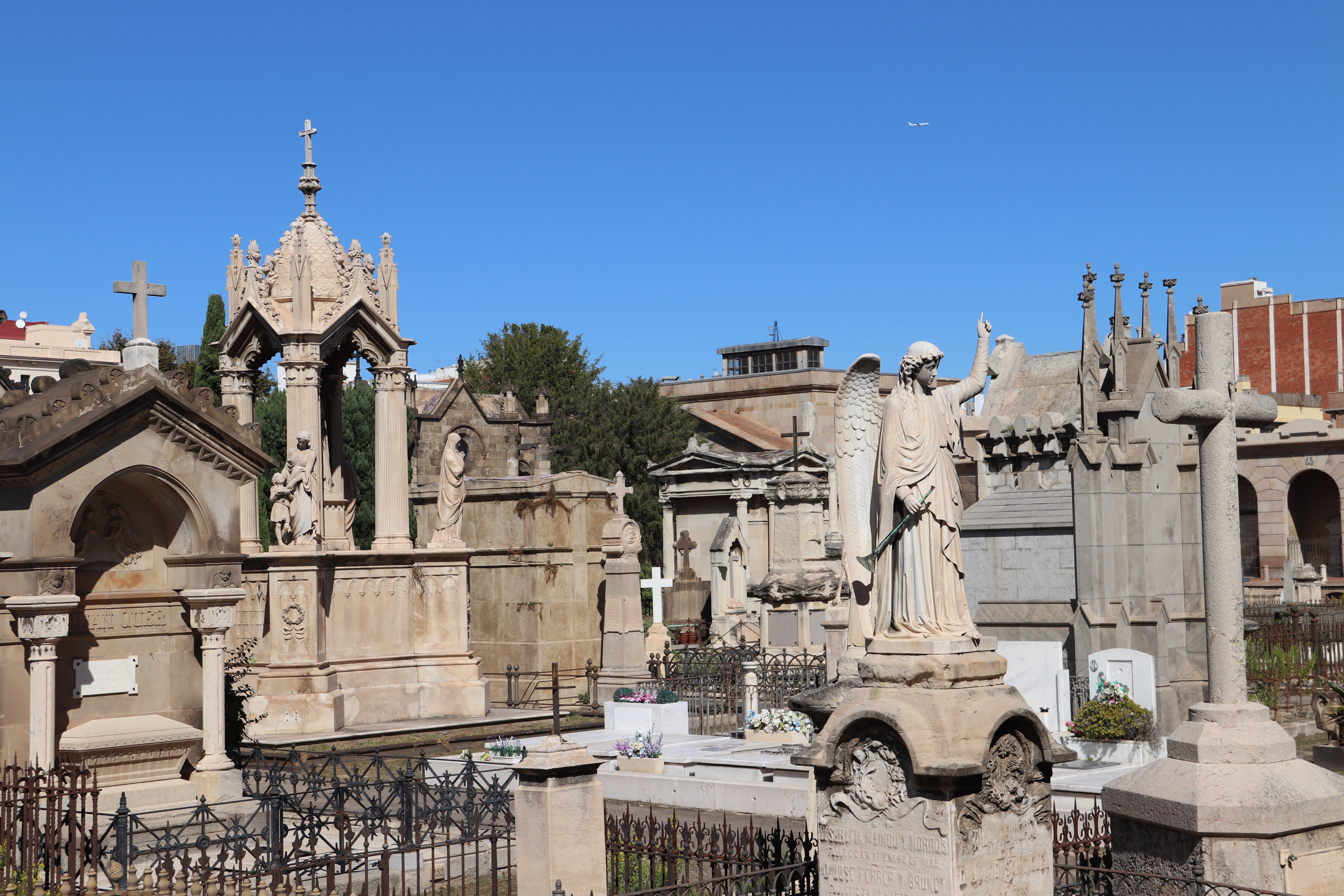
"In this second enclosure the bourgeoise made use of art and culture as a social distinction, commissioning the best architects and sculptors, both from Catalonia and abroad, to work on their tombs," Adrià Terol tells Catalan News.
An open-air museum in Poblenou
The Cemetery of Poblenou has been turned into an open-air museum as a part of it has been filled with sculptures and pantheons from the neoclassic movement in Catalonia.
One of the most popular sculptures in Cemetery of Poblenou is 'The Kiss of Death' or 'El petó de la mort' in Catalan.
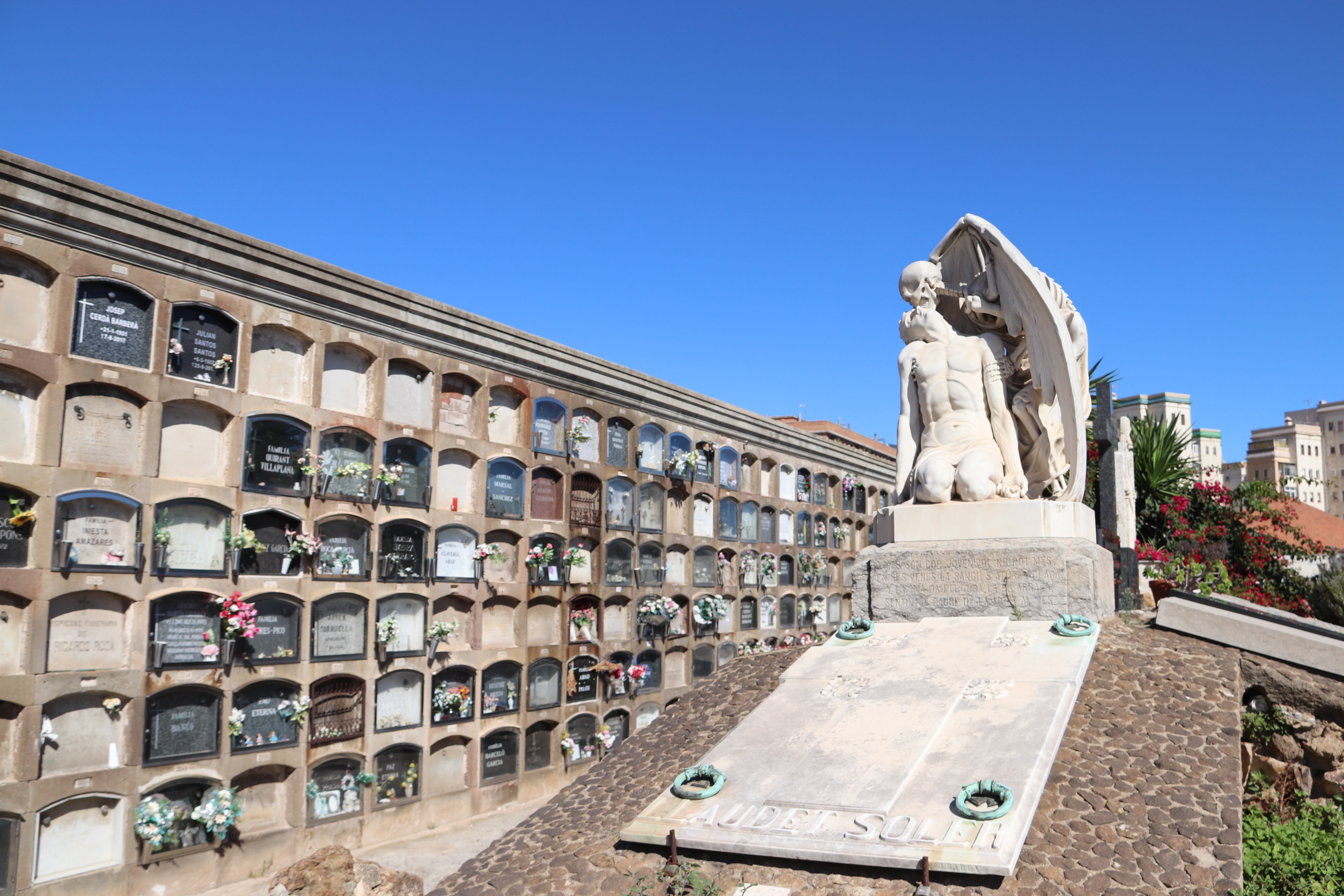
This sculpture represents death, which is shown as an angel, a winged skeleton which is kissing a young boy. "The boy has his mouth half open, and his stomach is contracted because he is taking his last breath. His arms hang down and his hands touch the floor as his mortal body surrenders," Adrià Terol describes.
This grave was ordered by the Llaudet i Soler family for the loss of his son and has now won international recognition, especially among the goth art lovers wordlwide and in the internet.
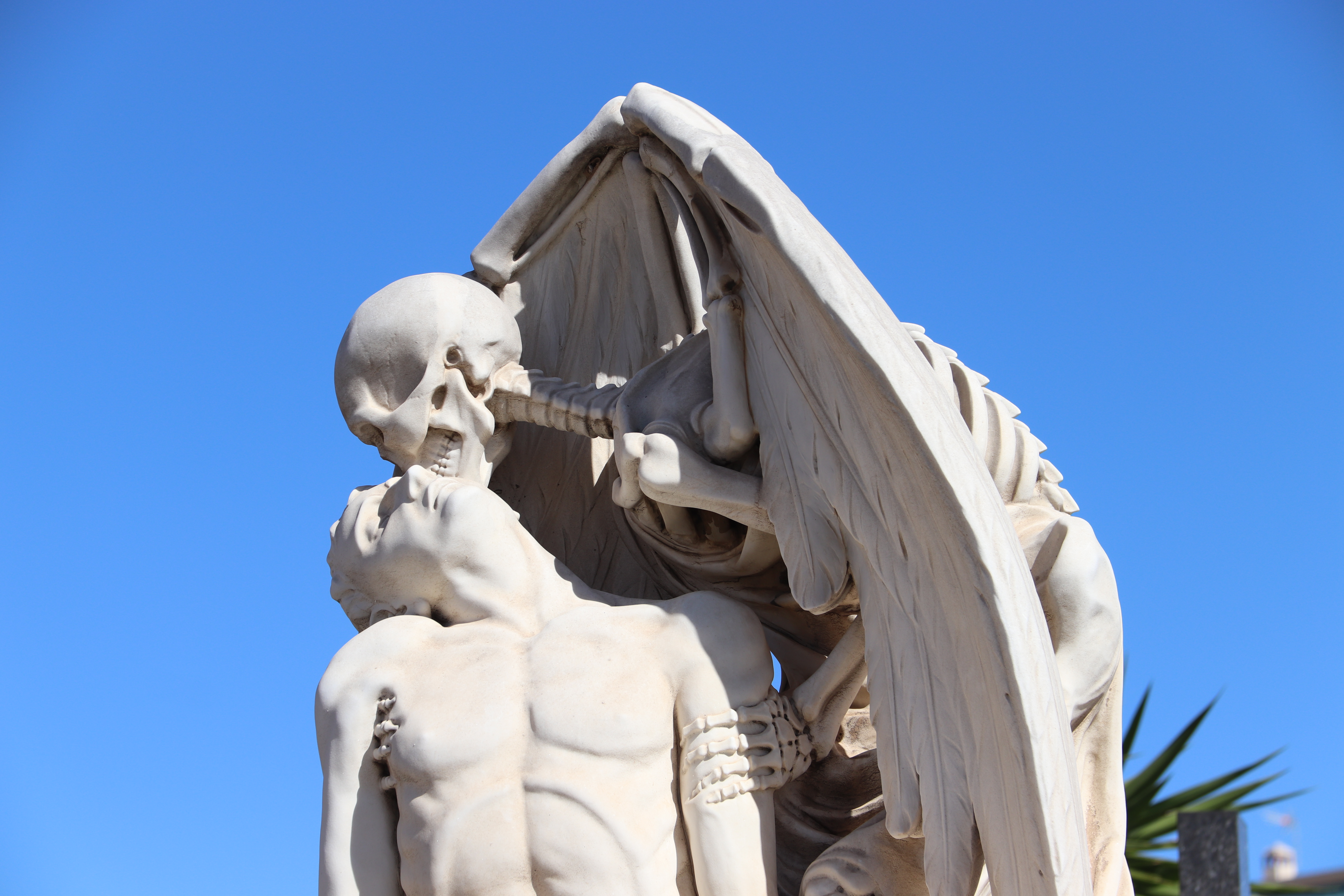
The Cemetery of Poblenou has seen a certain increase in visitors in the past few years, both from locals and from international tourists as well.
Cementiris de Barcelona gives guided tours of the Cemetery of Poblenou to schools and civic centers, but also for people who have just arrived to Catalonia and are learning the Catalan language.
The cultural activities in the various cemeteries of the Catalan capital are open for everyone, with guided visits of the Cemetery of Poblenou two Sundays every month, one in Catalan and the other in Spanish. If booked in advance there can also be tours in English or other languages.